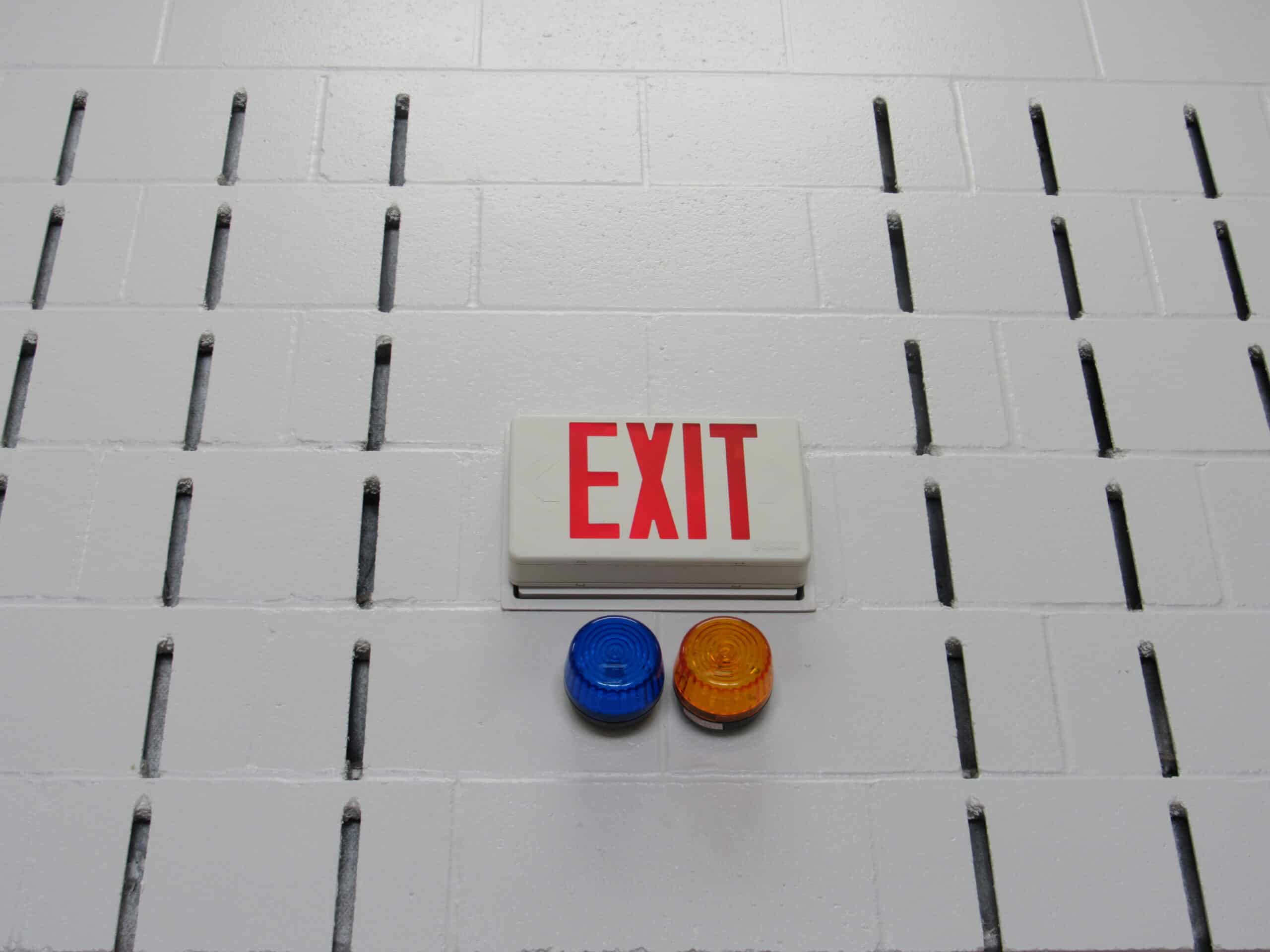
A Comparison of Paging Systems in Corporate Environments Part 2
September 28, 2022In our last installment we got an overview of what kind of needs a paging system could address in an office environment or a public building. The need for intelligibility and flexibility for convergence with other emergency systems such as fire alarm were covered. Now we will have a look at industrial settings and the similarities and differences we might find in those settings.
At a basic level, whether a paging system is in an office or a manufacturing plant, the need is the same. Any announcement made should be intelligible. But if you can imagine a warehouse-sized room with loud machines running you can start to see where this can quickly become difficult to achieve. A first thought may be to just make announcements louder. Unfortunately, this only carries you so far until loudness itself becomes a problem. Fortunately, there are a few things that can improve intelligibility.
Consider Speaker Type, Placement and Coverage
The first to consider for paging is the speaker type, placement, and coverage. A well-designed system will take all this into account. For example, imagine you are a worker running an industrial machine, and a chemical spill message comes over the PA system. If the speaker is in the distance, and all the walls are echoing everywhere the chances of you understanding what was just said is greatly diminished. Add to that the fact that the machine you are operating can be quite loud itself. The situation could be improved simply by using a speaker that is more directional (so the sound doesn’t bounce off the walls as much) and putting it closer to you so what you do hear is more of the initial sound and not the echo reflections. This brings us to another addition to a paging system that can really improve how the listener perceives the message being made.
Consider Environmental Noises
If you take the previous example of a machine operator, you can image that sometimes the machine is running loud and sometimes it may be doing nothing at all. Let’s say a page comes through and the volume is set so they can hear it just fine even through any hearing protection they are wearing. Once the machine is off and that page goes through it will seem painfully loud. The reverse scenario may also be true. The page is fine when the machine is off but once the machine is running it gets buried in the sound and becomes totally unintelligible. Here is where adding an ambient noise sensor can improve the situation. How this works is that a microphone is used as a sensor to vary the output volume of the page based on a “normal” ambient noise level. It’s a conceptually simple setup in that if the sensor microphone picks up the machine turning on a processor will, in turn, turn up the volume to the speaker. The processor is doing the work behind the scenes but constantly evaluating what the regular ambient noise level is and what any competing noise level is and making up the difference.
Consider Visual Paging Systems
As inventive as ambient noise sensors, directional speakers and special processors are, sometimes there are industrial situations where a loud environment is just too loud and trying to overcome the volume becomes a hazard in and of itself. In this case a reasonable alternative is to use a visual alert. This can be in the form of digital signage or strobe lights, either of which can be integrated into the paging system. You may have seen strobes similar to this in parking ramps or school hallways. In its most simplistic form, a strobe light may trigger every time an announcement is made so that any area which is overly loud at least knows that there is an alert. If a more detailed message is required, then digital signage placed in highly visible locations could be used which are tied to pre-recorded announcements display the text of the message. Textual messaging can also be triggered through programmed paging stations or integrated with other emergency messaging systems that also send texts or emails.


